Fun fact: Astronauts’ stem cells—tiny powerhouses for growth and repair—can age more rapidly in space than on Earth.
When we look up at the stars, it feels like the final frontier: space is glamorous, inspiring, and full of adventure. But what if every journey beyond our atmosphere carries a hidden cost—one measured not just in dollars or danger, but in the aging of our own cells? In Spaceflight & Stem Cell Aging: Are Astronauts Trading Years for Exploration? We explore how spaceflight may be forcing our bodies to pay a steep price for exploration, and whether this is a cost we are fully ready to accept.
The New Study That Changed the Conversation
A recent study led by researchers at the University of California, San Diego, finds that spaceflight accelerates aging in hematopoietic stem and progenitor cells (HSPCs) — the bone marrow cells responsible for generating our blood and immune system.
Samples of these cells were sent to the International Space Station (ISS) on four SpaceX commercial resupply missions between 2021 and 2023. They spent between 32 to 45 days in low Earth orbit and were compared to identical control samples kept on Earth.
What Happens to Stem Cells in Space
What did the researchers observe?
Reduced regenerative ability: The space-exposed stem cells lost some of their capacity to create new, healthy blood and immune cells.
DNA damage and telomere shortening: Telomeres are protective caps at the ends of chromosomes; shorter telomeres are a classic sign of aging. These cells showed signs of both increased DNA damage and quicker telomere shortening.
Inflammation and mitochondrial stress: Inside the cell’s energy factories (mitochondria), there was more stress; also, more inflammatory signals were present.
Activation of “dark genome” sections: Parts of the genome usually kept dormant—sometimes jokingly called “junk DNA”—were waking up in response to the stress. That can lead to instability.
Reversibility: Hope Amid the Risk
Here’s the interesting, almost comforting twist: some of the damage seems at least partially reversible. When returned to a young, healthy tissue environment on Earth (for example, bone marrow or other supportive tissue), these space-aged cells began recovering some function.
Still, this reversal isn’t immediate or perfect. What about long-term missions—to Mars, moons, or even just months-long stays on lunar bases? The stakes get higher.
Examples & Larger Context
- The NASA Twins Study: Astronaut Scott Kelly spent nearly a year in space, while his twin brother Mark stayed on Earth. Differences popped up in gene activity, telomere length, immune system response, the microbiome, and even cognition. Many changes reverted after Scott returned—but not all.
- Shorter missions & civilian flights: Data from SpaceX’s Inspiration4 mission (short-duration, all civilians) showed some biomarkers changing in space but often returning close to normal levels after return.
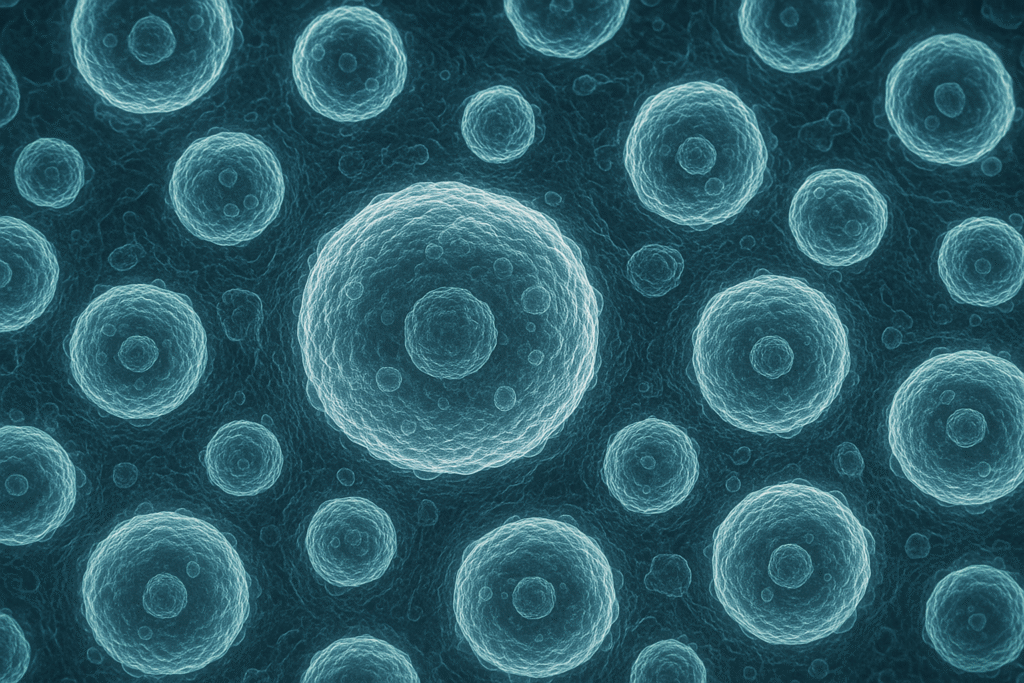
What’s Causing the Cellular Accelerated Aging?
Two big culprits:
Microgravity — Without Earth’s gravity pulling and pressing on us, many physiological systems change. Blood flow shifts, muscle and bone unload, and cells don’t get the same mechanical cues. All that can stress cells that evolved under gravity.
Cosmic radiation — High-energy particles outside Earth’s protective magnetic field damage DNA directly or create reactive oxygen species (ROS) that do damage. Over time, that damage accumulates.
Some people seem to be more resilient than others—differences have been observed between donors of stem cells. That suggests genetic, epigenetic (how genes are switched on/off), or environmental factors (past exposures, lifestyle) may matter.
Why This Matters (More Than Sci-Fi Warnings)
You might think: “Okay, this is for superhumans going to Mars. Doesn’t affect me.” But there are broader implications:
Long-duration space missions: As we plan for missions to Mars, sustained presence on Moon bases, or even tourism, astronauts may be trading years off their cellular “repair budget.” What does that mean for cancer risk, immune aging, or organ health decades later?
Biomedical insights on Earth: The study gives us new models for aging, immunity decline, and diseases like blood cancers. If we can understand how space accelerates these processes, maybe we can slow them down on Earth.
Ethics and mission planning: Should we accept this risk? Should astronauts be chosen (or trained) for resilience? Should there be ‘space-health insurance’ for long-term effects?
The Provocative Question: Is Exploration Worth the Cellular Cost?
Here’s where I lean opinionated. Exploration has always had costs: death, isolation, sacrifice. But no one asked before whether our stem cells would be getting older faster just for a few months in orbit. When we talk about colonizing Mars, what are we willing to sacrifice—not just in dollars, but in health, DNA integrity, lifespan?
If we keep pushing outwards, we need to ask: are we making treaties or plans to protect the explorers—both in the body and the mind? Or are we glorifying adventure while ignoring the invisible damage?
Conclusion
Humans have always been driven by wonder. Looking up, dreaming of other worlds—that impulse defines much of science, art, and history. Yet Spaceflight & Stem Cell Aging: Are Astronauts Trading Years for Exploration? reminds us that this drive comes at a cost—not just to infrastructure or risk budgets, but to our very biology.
We now know that spaceflight accelerates aging in blood-forming stem cells, with reduced regenerative capacity, DNA damage, and signs of molecular wear. Some of that damage can be reversed, which gives hope—but reversible doesn’t mean negligible. As missions grow longer, as commercial spaceflight expands, as private citizens venture beyond Earth, this cellular ticking may become one of the biggest unknowns.
Author’s Note
I write this not to discourage dreams of space, but to illuminate what we often overlook. The cosmos is calling, and I believe humanity should answer—but with open eyes and hearts. Let’s explore, yes—but let’s not pay unknowable prices just because we were dazzled by the stars.
G.C., Ecosociosphere contributor.
References and Further Reading
- UC San Diego Researchers Find Spaceflight Accelerates Human Stem Cell Aging — UC San Diego Story on the study of hematopoietic stem and progenitor cells (HSPCs) exposed to spaceflight. UC San Diego Today
- Spaceflight Accelerates Aging of Human Stem Cells, Study Finds — ScienceAlert article summarizing the molecular aging, telomere changes, inflammation, etc. ScienceAlert
- Spaceflight accelerates the aging of human blood-forming stem cells — Reuters coverage of the research showing diminished regenerative capacity and DNA damage. Reuters
- Stem Cells Age Faster in Space — The Scientist’s take on reduced self-renewal capacity and aging markers in cells after spaceflight. The Scientist
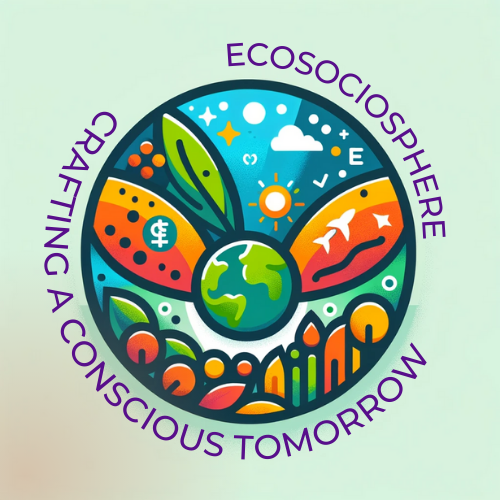

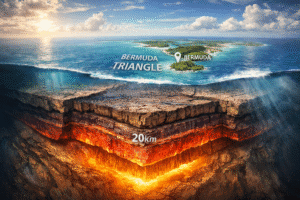
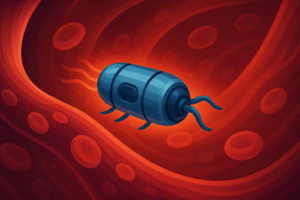
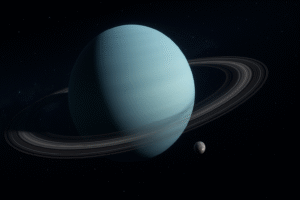
Comments
Hello, i believe that i noticed you visited my web site so i got here to “go back the favor”.I’m trying to to find issues to improve my website!I guess its ok to use a few of your ideas!!